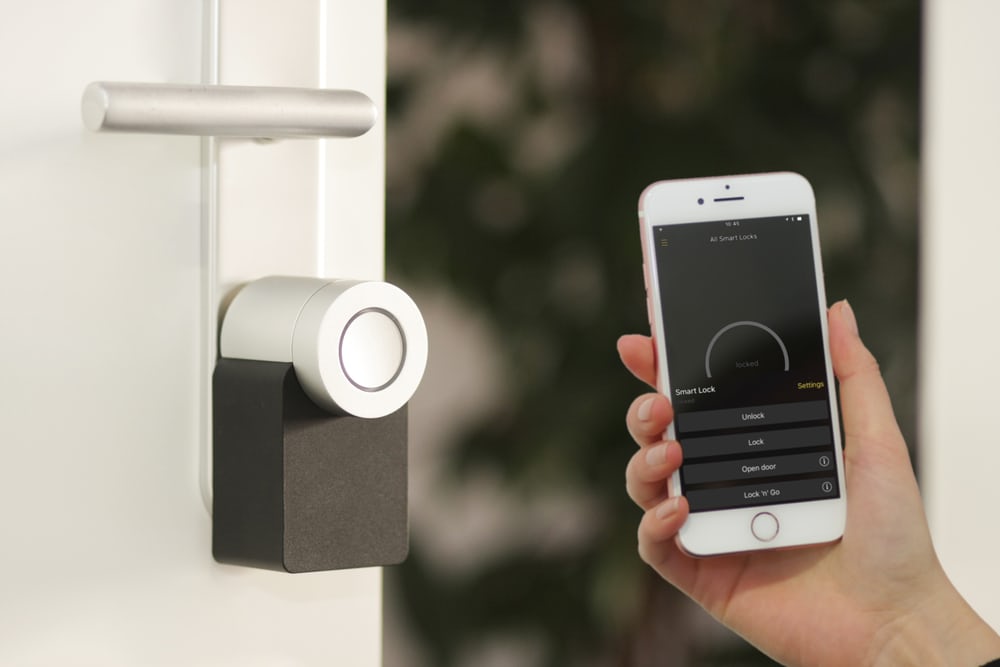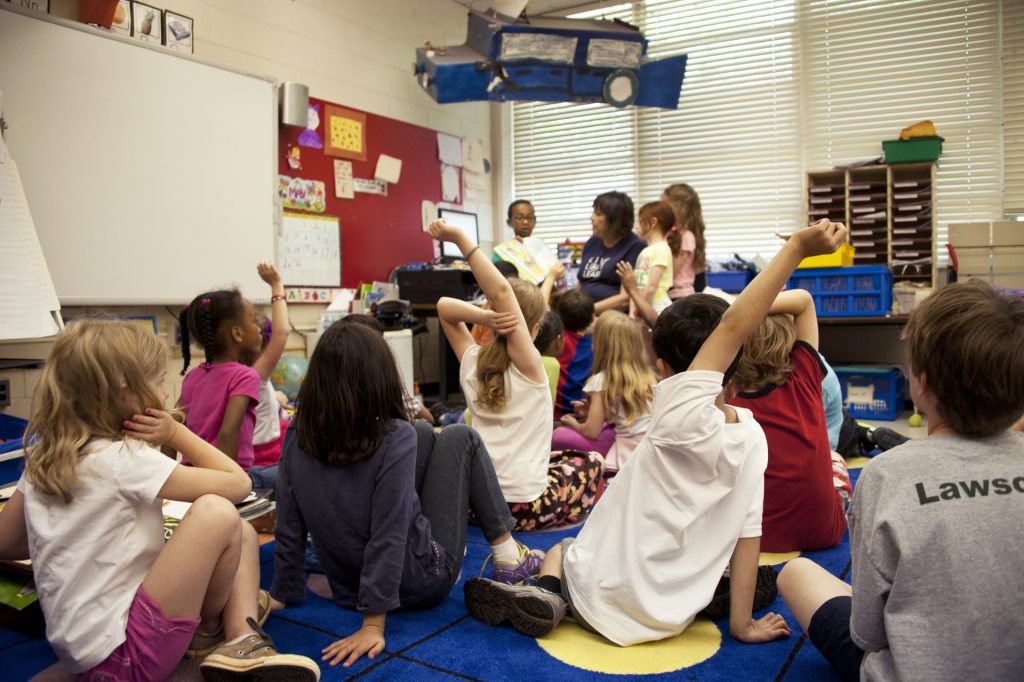Are you looking for strategies to help students who have trouble skip counting? If so, keep reading.
1. Get the student to count the value of nickels, dimes, quarters, etc., by adding repeated, equal increments.
2. Give the student a number line on their desk to use as a reference for skip counting.
3. Get the student to use a number line when counting by 2s, 5s, 10s, etc., so they can see that the increments are being added.
4. Get the student to count by 2s, 5s, 10s, etc., and write the numbers as they count. The student can then go back to the numbers they have written and see that the increment used (e.g., 2, 5, 10, etc.) is added to each number.
5. Get the student to use concrete objects (pennies, paper clips, etc.) when counting by 2s, 5s, 10s, etc., to see that the total number is increasing in equal increments.
6. Get the student to use a calculator to do skip counting, adding 2, 5, 10, etc., to each successive number to see that skip counting increases by the increment used in counting.
7. Get the student to use a clock in the classroom to count by 2s, 5s, 10s, etc.
8. Teach the student number ideas and the relationship of number symbols to several objects before requiring them to solve math problems involving addition.
9. Select a peer to work with the student to help them understand the concept of skip counting.
10. Teach the student why they are learning the concept. Give the student concrete examples and chances for them to apply the concept in real-life situations.
11. Utilize manipulative objects (e.g., abacus, base ten blocks, etc.) to give a visual image when teaching the student the concept of skip counting.
12. Do not require the student to learn more information than they are capable of learning at any time.
13. Get the student to practice a new skill or task alone or with an aide, the teacher, or a peer before trying it with the entire group or before being graded on it.
14. Get the student to be a peer tutor and teach a concept they have learned to another student. This can serve as reinforcement for the student.
15. Give skip counting practice using an app or a hand-held educational device that gives instant feedback to the student.
16. Make sure the student has mastery of math ideas at each level before introducing a new skill level.
17. Consider using Alexa for the Math Classroom.
18. Try gamifying your math lessons.
19. Consider using one of the apps and tools from our many math app lists:
9 Must-Have Apps and Tools for Kids Who Hate Math
10 Apps to Teach Preschoolers Math
20 Math Apps for Learners of All Ages
Advanced Math Apps, Tools, and Resources for That We Love
Elementary School Math Apps, Tools, and Resources That We Love
Fraction Apps, Tools, and Resources That We Love
High School Math Apps, Tools, and Resources That We Love
Interactive Math for the Google Classroom
Math Apps, Tools, and Resources That I Would Use If I Were Still in the Classroom
Math Manipulatives Apps, Tools, and Resources That We Love
Middle School Math Apps, Tools, and Resources That We Love
Multiplication Apps, Tools, and Resources That We Love











